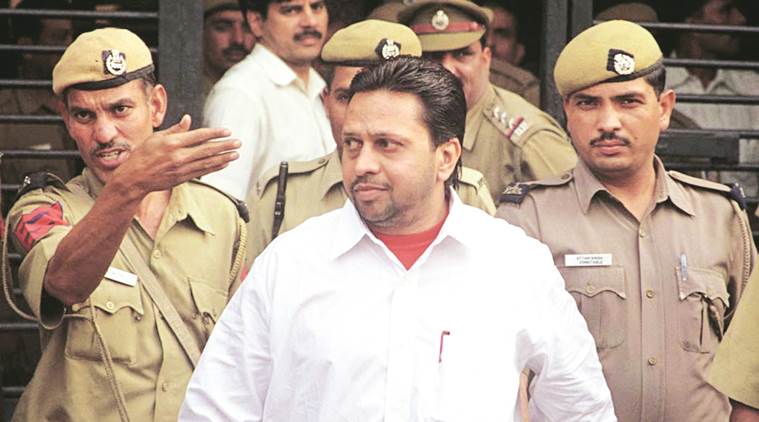The killing of 13-year-old Aarushi Talwar in 2008 or, more recently, the Nirbhaya gang rape in 2012 are few of the incidents that shook the entire nation. This long list of heinous crimes enlists the unforgettable Tandoor Murder case which dates back to July 1995.
Series of events in 1995 Tandoor Murder case
Nearly two decades ago a spine-chilling crime took place which shook the entire nation. A human body was chopped into pieces and thrown into a tandoor.
On the night of July 2, 1995 Youth Congress leader Sushil Sharma shot dead his wife Naina Sahni on the suspicion that she was having an extra-marital affair with her former classmate.
After shooting from close range, Sharma drove up to Yamuna with her body to throw it into the river. But his plan was foiled by uncharacteristic traffic congestion at that late hour. He then turned his own Bagiya restaurant in Central Delhi.
With the help of the manager Keshav Kumar, Sharma cut his wife’s dead body into pieces and then disposed it off in the tandoor of his restaurant.
A constable and a home guard while patrolling along Ashoka Road heard a woman screaming about fire. On entering the restaurant the duo found the manager near the tandoor, placing wooden logs into the burning fire.
Upon dousing fire, investigators found human remains in tandoor including a torso and burnt bones. A black polythene sheet nearby bore blood stains too.
Sharma was confirmed death penalty on February 19, 2007 by high court.
In 2013, the high court commuted his death sentence to life imprisonment stating.
In 2018, Delhi High Court issued order to release Sharma stating has already served the sentence. The court said, “It is not a crime against society but a crime committed due to (Sharma’s) strained relationship with his wife.”
It is one of the landmark cases in India in which DNA evidence and a second autopsy were used to establish the guilt of the accused.
















